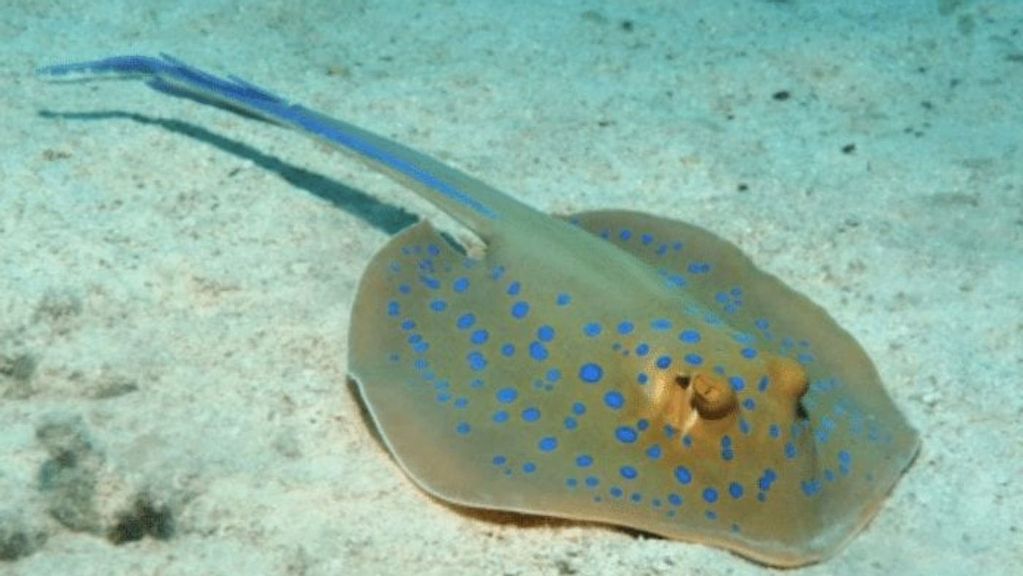The sand sculpture depicting a stingray is one of the earliest examples of humans carving images of images of other animals
The sand sculpture depicting a stingray is one of the earliest examples of humans carving images of images of other animals

On the Cape Coast of South Africa, a cemented sand sculpture supposedly discovered in Pleistocene aeolianite deposits depicts something resembling a sting ray without the tail. The sand sculpture portraying the image of a stingray on South Africa’s coast is one of the earliest examples of humans carving images of other animals. Since 2008, The Conversation research team has been studying this area and fossilized tracks have been found for large Pleistocene animals such as lions, rhinoceros, elephants, giant buffaloes, and crocodiles, as well as hominin footprints.
A citizen scientist supporter, Emily Brink, spotted an intriguing rock east of Still Bay, about 330km (1082677.2 feet) east of Cape Town, in 2018. Despite its unusual symmetry, the rock looked uncannily like a stingray, minus its tail. “After careful study of the rock, we have published an academic article in the journal Rock Art Research in which we posit that it represents a sand-sculpture of a blue stingray (Dasyatis chrysonata). We believe that the sculpture might have begun with tracing a specimen in the sand,” said a publication by The Conversation.

In order to date the specimen directly, a large chunk would have to be removed, causing damage to it. As the researchers speculate, it may have been created around 130,000 years ago, based on optically stimulated luminescence dating of nearby rocks. “The rock was found about 30km (98425.2 feet) east of the Blombos Cave, which is renowned for its palaeoart. That includes an engraving on ochre dating back 77,000 years and a 73,000 year old drawing,” said the publication.
The near-perfect outline and proportions are evident through comparing the symmetrical outline of the specimen with that of a blue stingray. A close-up view from behind reveals the rock’s symmetry and what appears to be a tail stub. The researchers find no evidence that the tail portion broke off recently, and speculate that it may have been intentionally “amputated” when the sculpture was created.
“The concept of the world’s original art being in sand, and sand thus being the original canvas, provides ample time for these skills to be honed over the intervening millennia. The absence of such art in the archaeological record can simply be attributed to the absence of suitable rocks preserved from the intervening ages,” added the publication.

